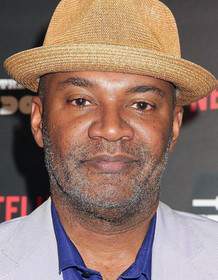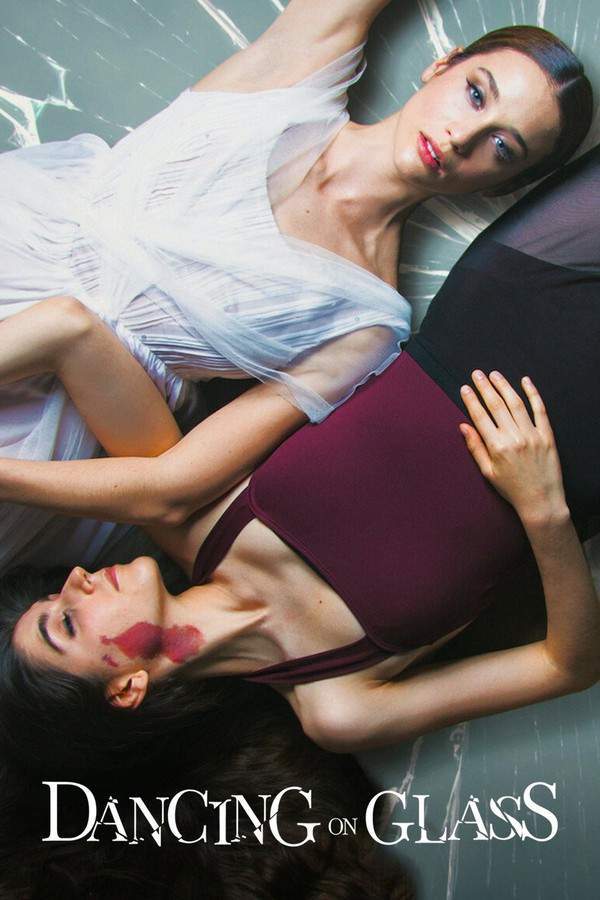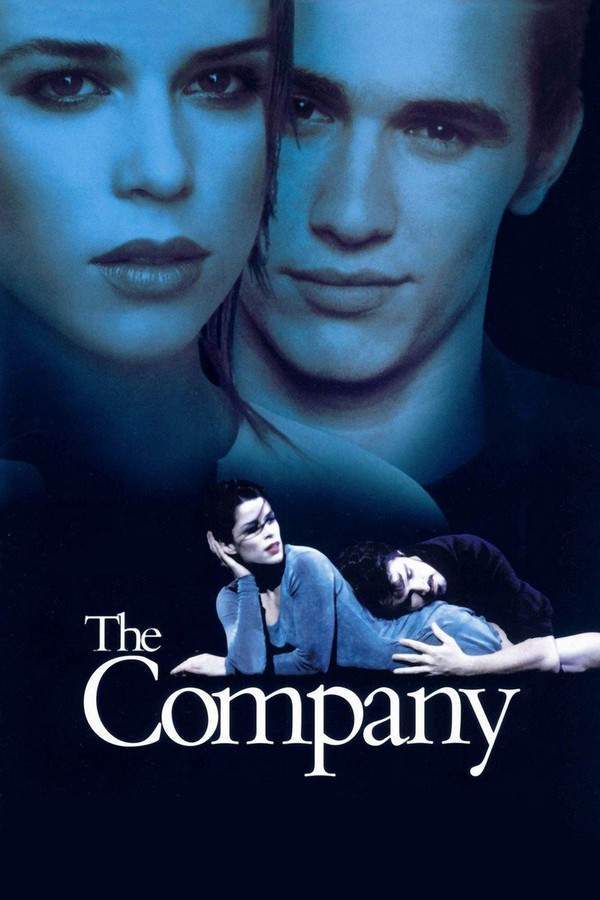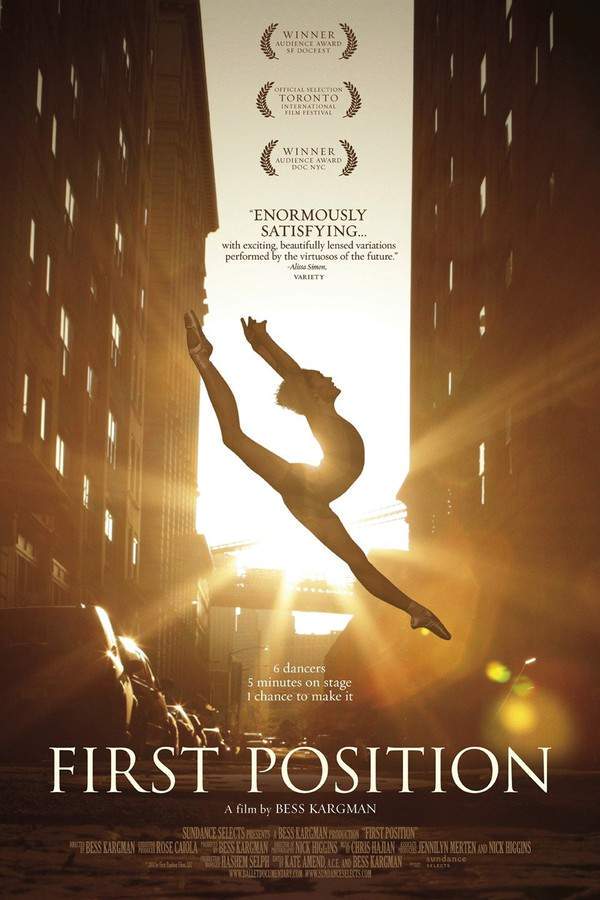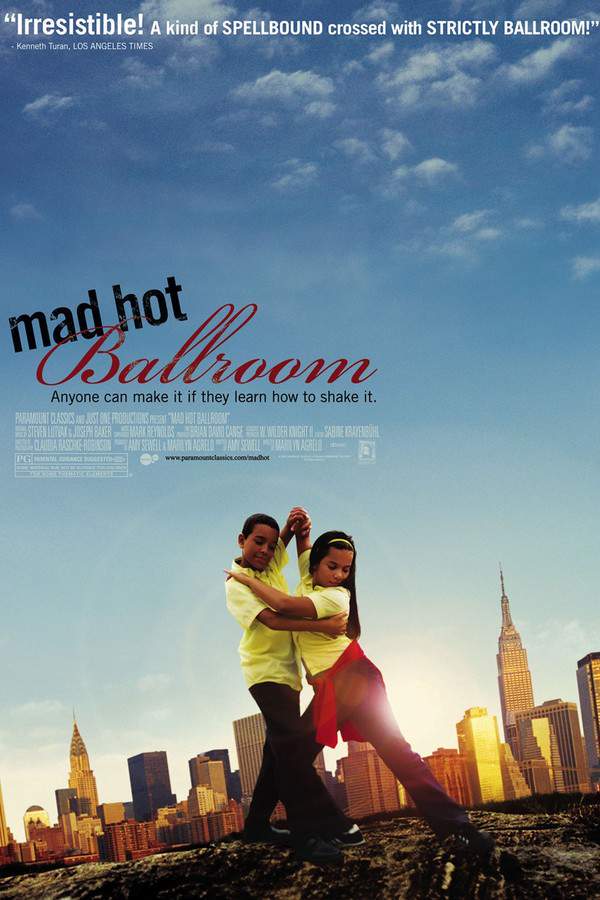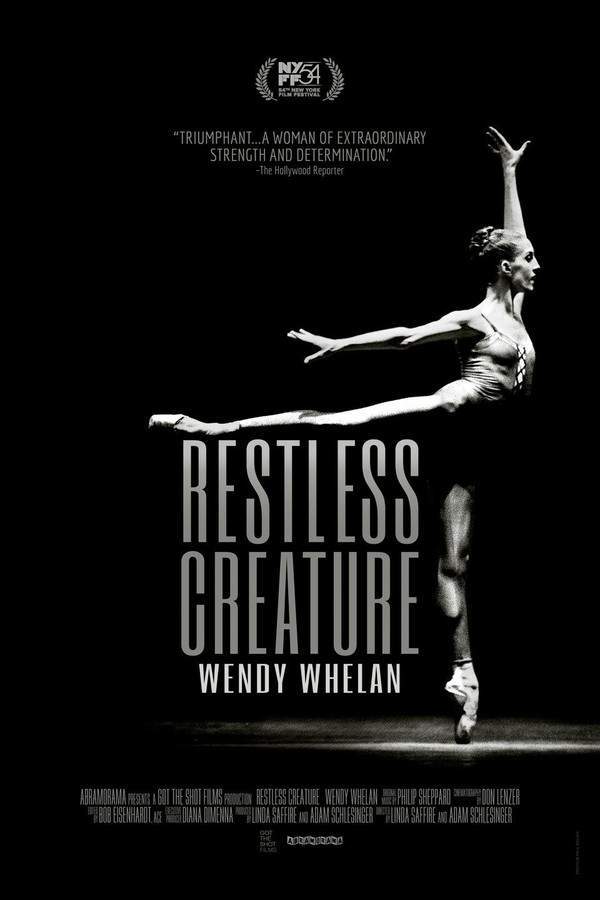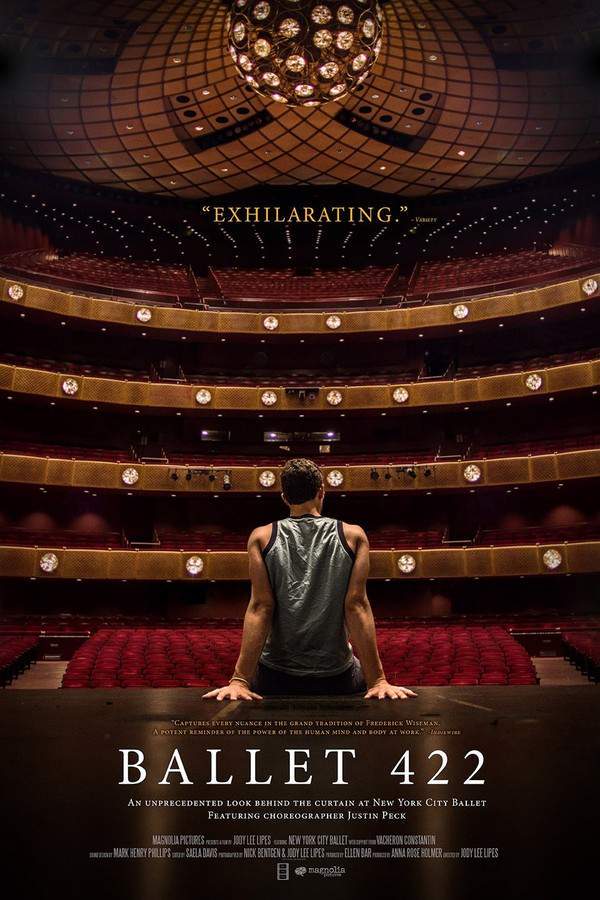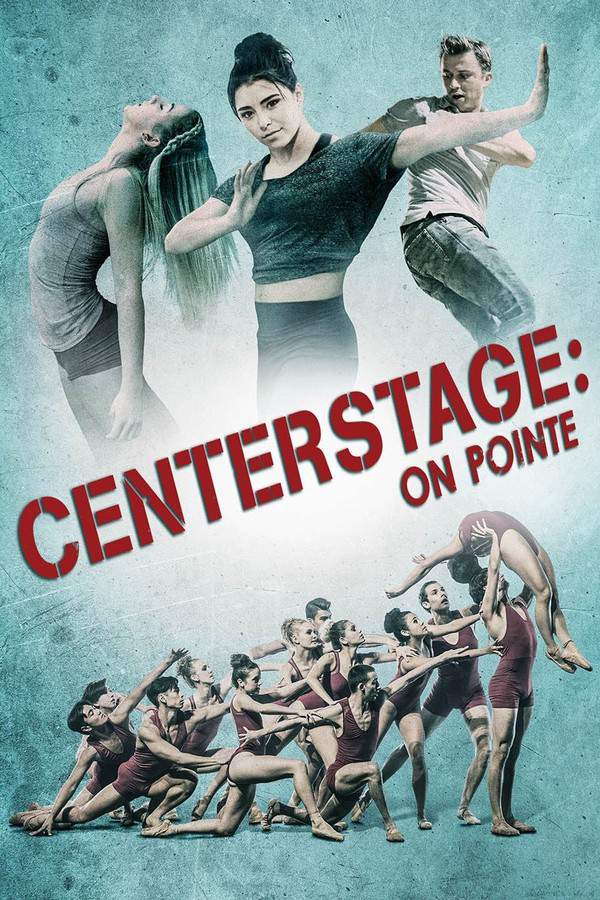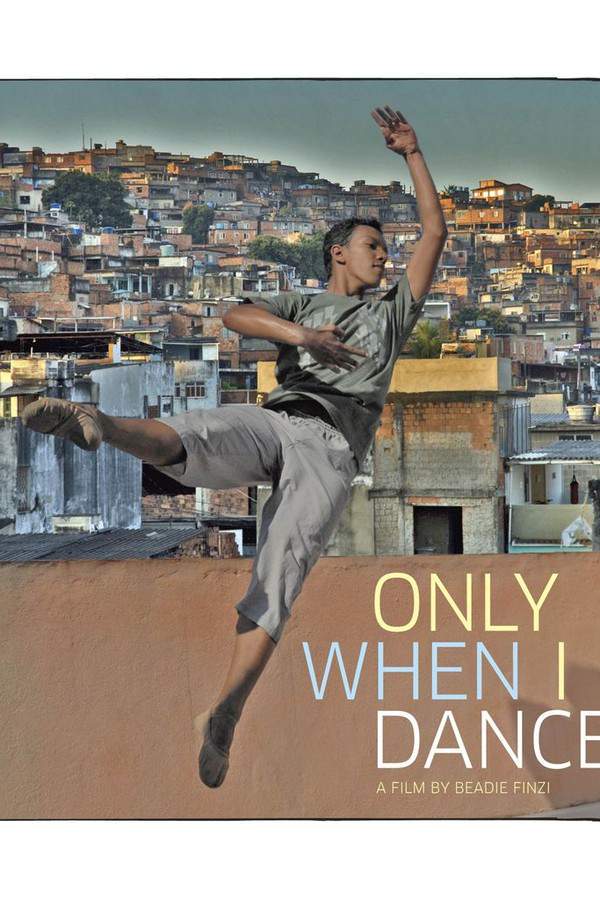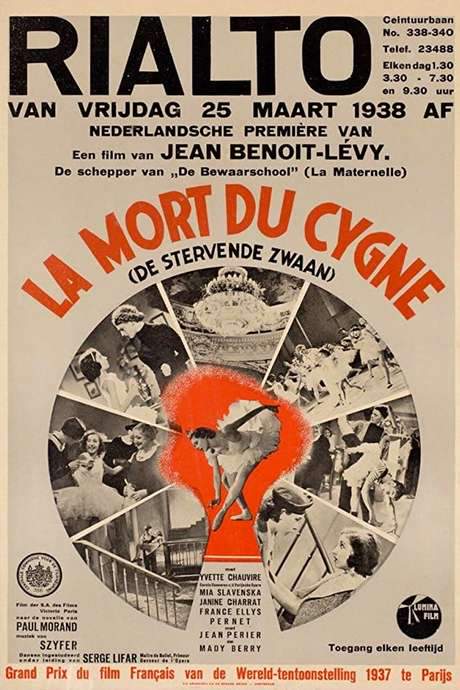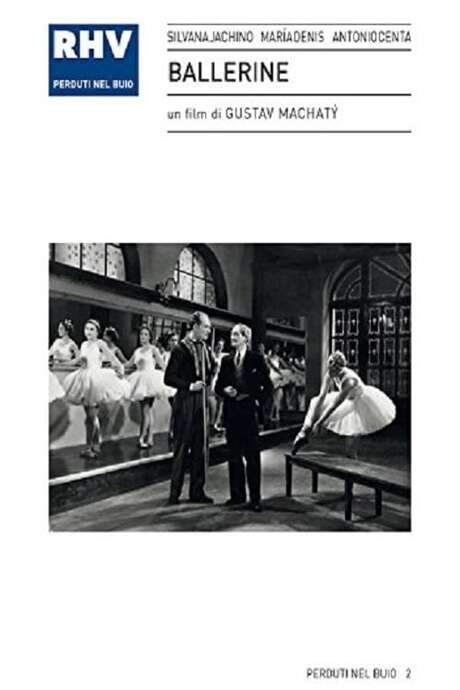A Ballerina's Tale 2015
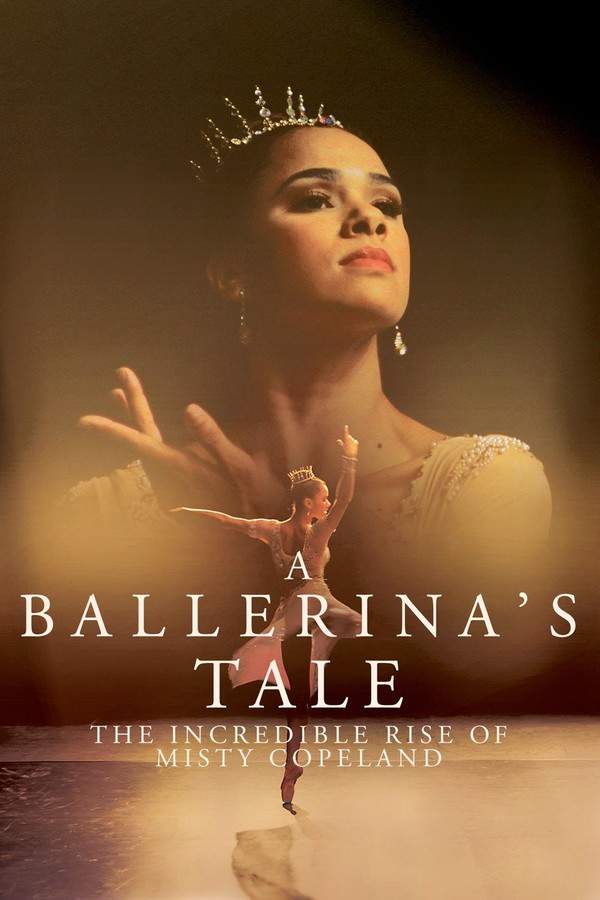
This intimate documentary follows Misty Copeland’s inspiring journey as she overcomes adversity to achieve her dream of becoming a principal dancer. Witnessing her rigorous training and dedication, the film explores the challenges she faced while breaking down barriers and defying expectations within the traditionally exclusive world of American Ballet Theatre, ultimately becoming the first African-American woman to hold the prestigious role.
Does A Ballerina's Tale have end credit scenes?
Yes!
A Ballerina's Tale does have end credit scenes. Stay until the very end!
Meet the Full Cast and Actors of A Ballerina's Tale
Explore the complete cast of A Ballerina's Tale, including both lead and supporting actors. Learn who plays each character, discover their past roles and achievements, and find out what makes this ensemble cast stand out in the world of film and television.
No actors found
External Links and Streaming Options
Discover where to watch A Ballerina's Tale online, including streaming platforms, rental options, and official sources. Compare reviews, ratings, and in-depth movie information across sites like IMDb, TMDb, Wikipedia or Rotten Tomatoes.
Ratings and Reviews for A Ballerina's Tale
See how A Ballerina's Tale is rated across major platforms like IMDb, Metacritic, and TMDb. Compare audience scores and critic reviews to understand where A Ballerina's Tale stands among top-rated movies in its genre.

55
Metascore
4.9
User Score


78%
TOMATOMETER

56%
User Score

6.4 /10
IMDb Rating

64
%
User Score

3.68/5
From 34 fan ratings
Take the Ultimate A Ballerina's Tale Movie Quiz
Challenge your knowledge of A Ballerina's Tale with this fun and interactive movie quiz. Test yourself on key plot points, iconic characters, hidden details, and memorable moments to see how well you really know the film.
A Ballerina's Tale Quiz: Test your knowledge about Misty Copeland's inspiring journey and the documentary 'A Ballerina's Tale'.
Who became the first African-American woman to be appointed principal dancer of the American Ballet Theatre?
Misty Copeland
Leyla Fayyaz
Marjorie Liebert
Susan Fales-Hill
Show hint
Full Plot Summary and Ending Explained for A Ballerina's Tale
Read the complete plot summary of A Ballerina's Tale, including all major events, twists, and the full ending explained in detail. Explore key characters, themes, hidden meanings, and everything you need to understand the story from beginning to end.
Iconic ballerina Misty Copeland made history in 2015, becoming the first African-American woman to achieve the title of principal dancer with the esteemed American Ballet Theatre. In an intimate look behind the scenes, Copeland shares her experiences in the American Ballet Theatre studios, where her perfectionism shines through, even extending to her preferred position in the classroom.
The American Ballet Theatre was established to create a formidable American presence in the global ballet arena, rivaling the Russian and French institutions. It performs at the New York City Metropolitan Opera House, a venue regarded as the pinnacle of stage acclaim worldwide.
Born in Kansas City and raised in San Pedro, California, Misty began her ballet journey at the age of 13, a relatively late start for a dancer. By the time she was 15, she emerged as one of California’s top ballet talents, earning the prestigious Spotlight Awards. At the age of 17, she moved to New York, joining the American Ballet Theatre’s studio company, and by the following year, she had secured her place in ABT’s Corps de Ballet. Misty was fortunate enough to go on a two-week trip to China with the main company before officially starting her tenure, where she formed a friendship with Leyla Fayyaz, enjoying memorable outings to Red Lobster together. Despite the excitement, she also faced significant challenges, grappling with her weight loss journey while feeling isolated as the only African American woman in a group of 80 dancers, which led her to seek comfort in Krispy Kreme donuts during difficult times.
Susan Fales-Hill became a pivotal mentor for Copeland, connecting her with trailblazing women across various fields who would serve as role models in an industry frequently criticized for its lack of diversity. In classic ballet society, aesthetic judgments often skew towards pale skin and a youthful physique, leaving dancers of color significantly marginalized. Through a transformative epiphany, Misty recognized that her success transcended her individual dance career; she could become a beacon of inspiration for others aspiring to pursue ballet.
Misty showcased her talent in the role of Gamzatti in La Bayadère and, in 2013, had the extraordinary opportunity to take on the lead in Igor Stravinsky’s demanding Firebird at the Metropolitan Opera House, a remarkable achievement for a soloist. The audience in the house reflected her growing fame, as her mentor brought many accomplished African American women to celebrate Copeland’s success. After the performance, Misty candidly shared that she was in considerable pain due to fractures in her shins, yet she pushed through, determined to seize the fleeting opportunity of a successful season at the Met.
The intensity of a ballet dancer’s life often involves pain, with a high tolerance required to maintain performance integrity. Following her groundbreaking role in Firebird in fall 2012, Misty underwent significant surgery on her left shin, with many doubting her ability to regain her previous momentum.
During her rehabilitation, Misty learned floor barre exercises with Marjorie Liebert and tested her leg’s strength by performing the Dying Swan alongside Michele Wiles and her Ballet Next Company. While she felt she had adequately performed, she recognized the need to use space more effectively.
Shortly after, Misty’s apartment was graced by a visit from Raven Wilkinson, the first African American to perform in a major ballet company. Their dialogue revealed how encountering Mary Wilkinson’s story in a film brought Misty to tears, eliciting a shared humorous moment as they acted out a scene from Swan Lake they both had once performed.
Upon her return to the American Ballet Company, she participated in the Robert Bolle and Friends International Tour despite ongoing injuries, as seen in a chiropractic session in Italy addressing her back spasms. Amidst sketches of her costume and makeup preparations for performances alongside Jared Matthews, she navigated her recovery with perseverance, triumphantly marking her return.
Gilda Squire, Misty’s manager, emphasizes that despite her aspirations of becoming the principal dancer at the American Ballet Theatre, she has already achieved remarkable success. With rising fame and an expanding audience supporting her journey, Misty was featured in an Under Armour photo shoot, reflecting her mission to diversify ballet and welcome individuals from all backgrounds. A celebratory moment arrived with the unveiling of a larger-than-life billboard, where Misty and friends toasted with champagne.
In the summer of 2014, Copeland was cast in the lead role of Swan Lake, making history as the first black woman to portray Odette/Odile in a prestigious international ballet company. After rehearsals and performances in Brisbane, Australia, on June 30, 2015, Misty Copeland’s dream materialized as she was named the principal dancer at the American Ballet Theatre, proving that dreams truly can come to fruition.
Uncover the Details: Timeline, Characters, Themes, and Beyond!

Coming soon on iOS and Android
The Plot Explained Mobile App
From blockbusters to hidden gems — dive into movie stories anytime, anywhere. Save your favorites, discover plots faster, and never miss a twist again.
Sign up to be the first to know when we launch. Your email stays private — always.
Watch Trailers, Clips & Behind-the-Scenes for A Ballerina's Tale
Watch official trailers, exclusive clips, cast interviews, and behind-the-scenes footage from A Ballerina's Tale. Dive deeper into the making of the film, its standout moments, and key production insights.
Cars Featured in A Ballerina's Tale
Explore all cars featured in A Ballerina's Tale, including their makes, models, scenes they appear in, and their significance to the plot. A must-read for car enthusiasts and movie buffs alike.
A Ballerina's Tale Themes and Keywords
Discover the central themes, ideas, and keywords that define the movie’s story, tone, and message. Analyze the film’s deeper meanings, genre influences, and recurring concepts.
A Ballerina's Tale Other Names and Titles
Explore the various alternative titles, translations, and other names used for A Ballerina's Tale across different regions and languages. Understand how the film is marketed and recognized worldwide.
Similar Movies To A Ballerina's Tale You Should Know About
Browse a curated list of movies similar in genre, tone, characters, or story structure. Discover new titles like the one you're watching, perfect for fans of related plots, vibes, or cinematic styles.
Quick Links: Summary, Cast, Ratings, More

What's After the Movie?
Not sure whether to stay after the credits? Find out!
Explore Our Movie Platform
New Movie Releases (2025)
Famous Movie Actors
Top Film Production Studios
Movie Plot Summaries & Endings
Major Movie Awards & Winners
Best Concert Films & Music Documentaries
Movie Collections and Curated Lists
© 2025 What's After the Movie. All rights reserved.



